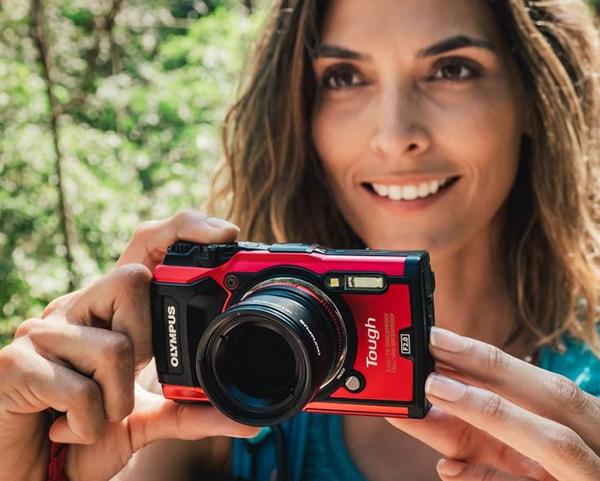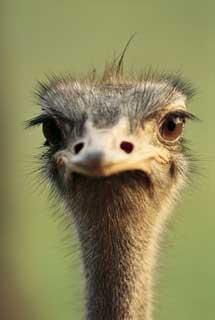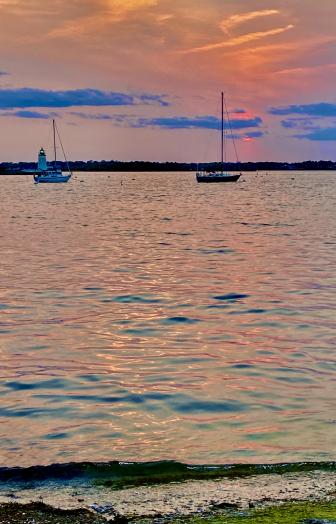Outdoor Tips
Sort By: Post DateTitle Publish Date
|
Mar 01, 2004
|
Sep 01, 2005
|
Sep 01, 2004
|
May 02, 2019






